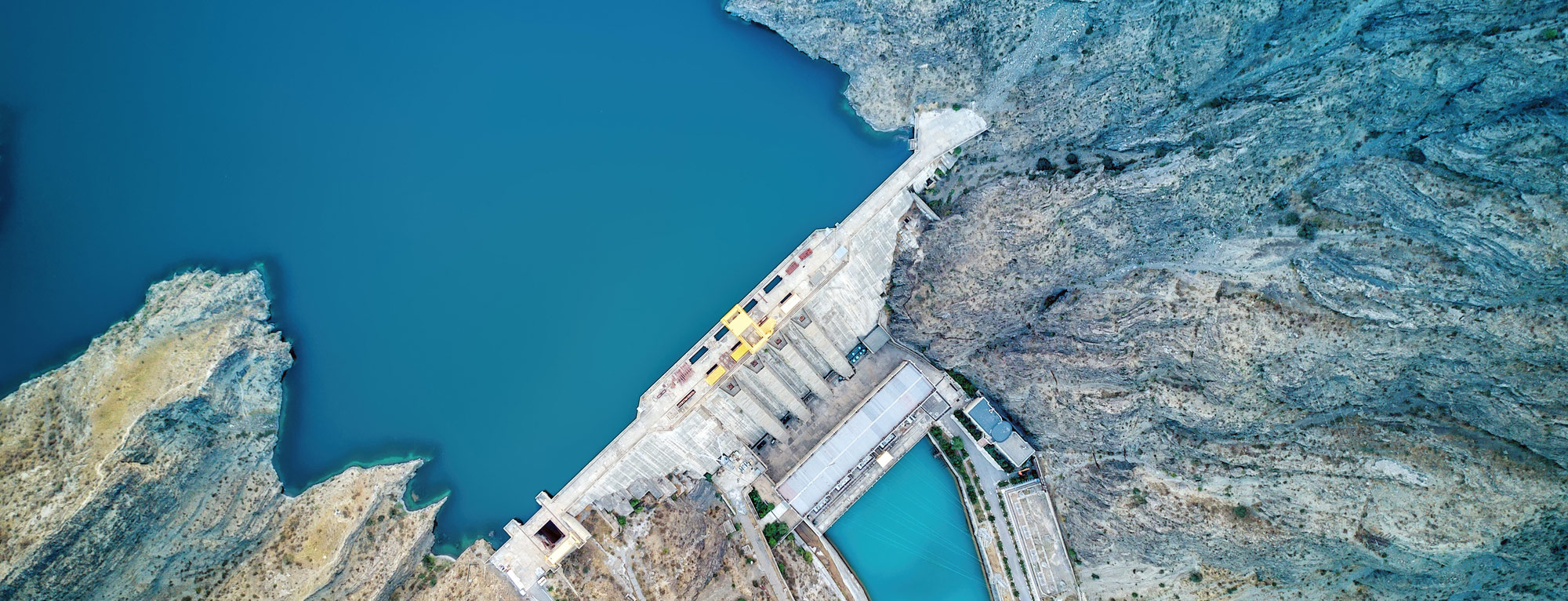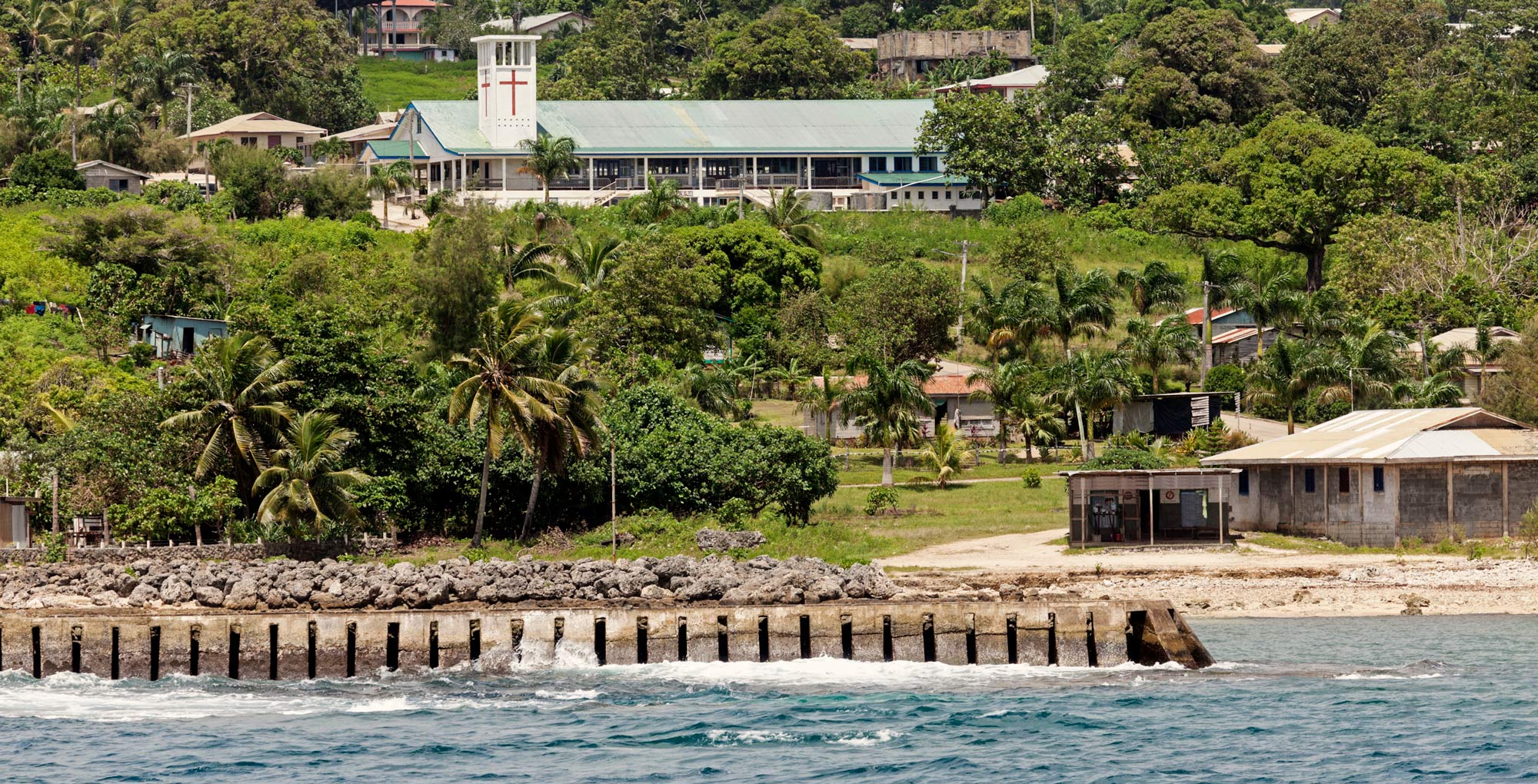
Geotechnical report model revolutionising construction risk sharing
The Snowy 2.0 project site is situated within a complex alpine geological and hydrogeological area. This presents significant geotechnical uncertainties for construction, making it difficult to accurately predict construction time and costs.
At Snowy Hydro’s request, SMEC’s tunnelling and geotechnical specialists developed an innovative ‘balanced’ Geotechnical Baseline Report (GBR) which was incorporated into the construction contract. The GBR sets out geotechnical risk-allocation mechanisms with an aim for fair and balanced allocation of geotechnical risks between the owner of the project and the contractor.
Whilst the use of GBRs for risk allocation is a widely accepted practice in the tunnelling industry, SMEC has expanded upon this methodology to include a baseline of items of work, as suggested in the FIDIC Emerald book Contract form for Underground Construction, which are being used as the basis for remeasurement and adjustment of construction costs and time. In this ‘balanced’ GBR model, the time for project completion can be extended if the conditions are more onerous than described in the GBR or reduced if ground conditions are more favourable.


Unrivalled scale and complexity
Snowy 2.0 can only be described as monumental when considering the project scope, complexity and ambition. SMEC’s team of specialists have been engaged by the project owner, Snowy Hydro, to provide a team of internationally recognised specialists and engineering support to assist in the delivery of this iconic and innovative renewable energy scheme.
“The project includes 27km of waterway tunnels connecting two existing reservoirs, Tantangara and Talbingo. This allows the scheme to utilise approximately 700m of head difference by transferring water through the waterway tunnels and the six 340 MW reversible pump-turbines of the underground power station located approximately 750m below ground.” said Andreas Neumaier, SMEC’s Chief Technical Principal – Hydropower.
Three Tunnel Boring Machines (TBMs) will be used for the construction of the headrace and tailrace tunnels, main access tunnel, emergency, cable and ventilation tunnel and the inclined pressure shaft leading to the power station. The TBMs will each have an excavation diameter of approximately 11 m and will progressively line the tunnels with concrete segments produced at the purpose-built precast factory at Polo Flat in Cooma.
SMEC’s team is providing advice and support on critical project activities such as the Factory Acceptance Testing and Site Acceptance Testing for the TBMs, collaborative value engineering activities, critical review of design packages and on-site technical presence on behalf of Snowy Hydro during construction.
“With construction well under way, we are enjoying seeing all our hard work and planning coming to life,” says Andreas. “As one of the world’s most iconic hydroelectric projects, the next few years of construction are going to be monumental. It is a privilege and pleasure to contribute and be a part of Snowy 2.0”.
Related
insights
 70 Years Forward: Water and hydropower
70 Years Forward: Water and hydropower
"The water and hydropower sectors have changed dramatically since our origins on the iconic Snowy Mountains Hydro Scheme 70 years ago in 1949, one of the largest and most complex hydroelectric schemes in the world. While technology has advanced rapidly, water is and will continue to be an essential and ever scarcer global resource."
 70 Years Forward: Integrated infrastructure
70 Years Forward: Integrated infrastructure
The Snowy Mountains Hydroelectric Scheme is recognised as one of the engineering wonders of the modern world.






